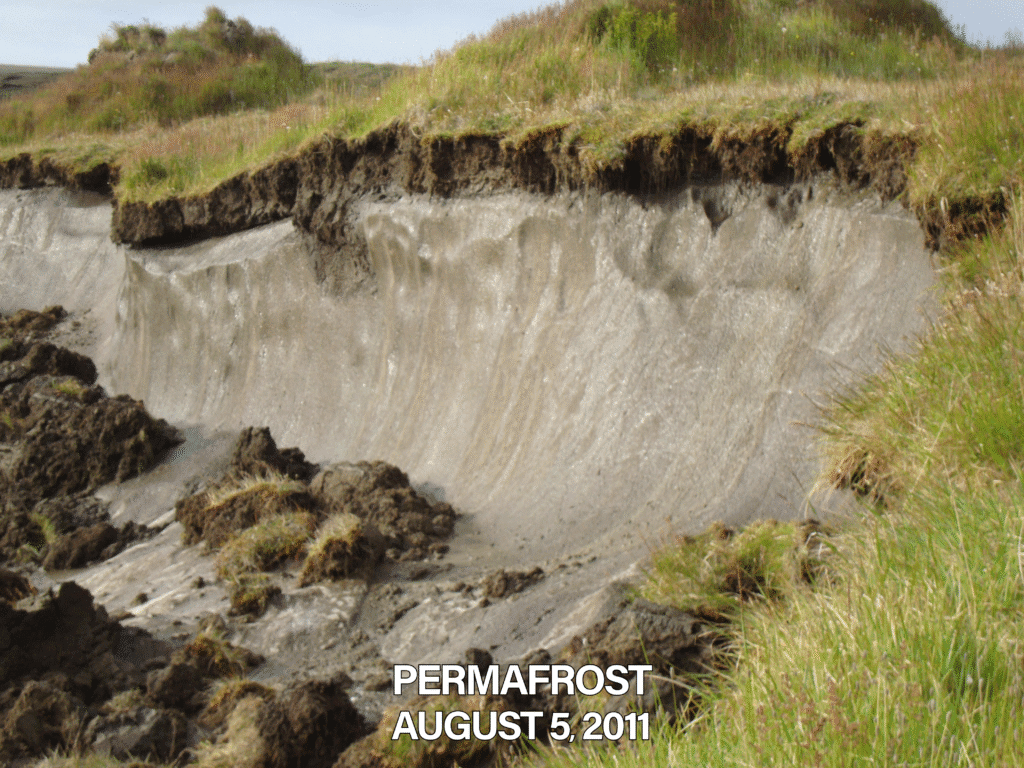Yuka Scientifics Studies | Part 1

Abstract : In August 2010, a well-preserved Mammuthus primigenius carcass was found along the coast of Oyogos Yar in theregion of the Laptev Sea and the mummy was nicknamed ‘Yuka’. Frozen sediment samples from the area of skull condyles were collected for pollen and plant macrofossil analyses. The results from the palaeobotanical investigation confirmed that the Yuka mammoth lived during the optimum of the Kargin Interstadial (MIS3). The burial place of the mammoth could have been a small shallow freshwater pond with either stagnant or slowly moving water. The vegetation of the Oyogos Yar in MIS3 optimum was probably represented by zonal tundra-steppe combined with mesic-xeric meadows.
¹ Centre of Cenozoic Geochronology, Institute of Archaeology & Ethnography, Novosibirsk 630090, Russia
² Division for Study of the Mammoth Fauna, Sakha Academy of Sciences (Yakutia), Yakutsk 677007, Russia
³ Laboratory of Palaeoecology, Institute of Plant and Animal Ecology, Yekaterinburg 620144, Russia
⁴ Novosibirsk State University, Novosibirsk 630090, Russia

